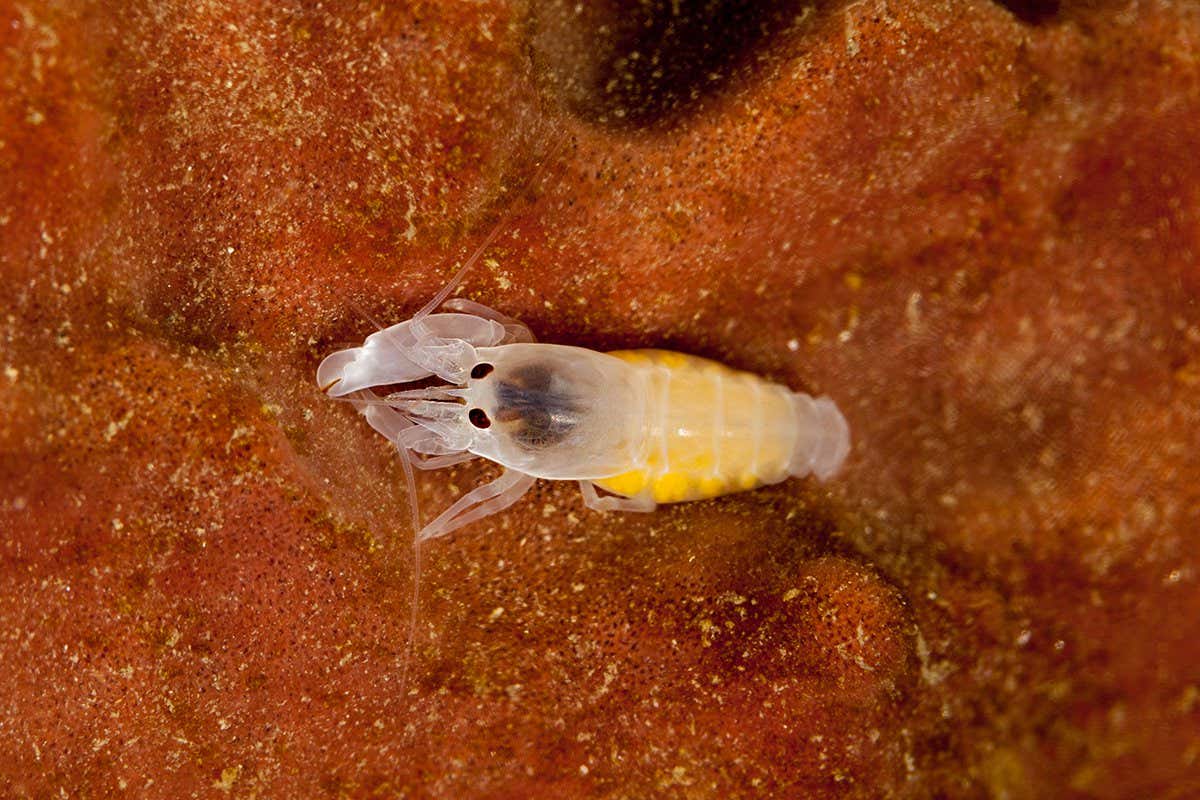Snapping Shrimp: Tiny Claws, Huge Acceleration – Nature's Miniature Speed Demons
The ocean's depths teem with wonders, and among them are the surprisingly powerful snapping shrimp. These tiny crustaceans, often overlooked due to their size, pack a remarkable punch, boasting an astonishing acceleration rate that rivals some of the fastest creatures on Earth. Their unique snapping mechanism, a marvel of biological engineering, is captivating scientists and sparking new research avenues. Let's dive deeper into the world of these miniature speed demons.
The Incredible Snap: A Sonic Boom in Miniature
Snapping shrimp, belonging to the family Alpheidae, possess a remarkably specialized claw. One claw is disproportionately large compared to the other, acting as a high-velocity weapon. When this claw snaps shut, it generates a cavitation bubble—a void in the water—that collapses with explosive force. This collapse creates a tiny, but powerful, shockwave, producing a sound loud enough to be heard by humans, and even causing a temporary flash of light!
- The Speed: The claw snaps shut at speeds exceeding 23 meters per second, achieving an acceleration of over 10,000 g's – that's over 10,000 times the acceleration due to gravity. To put that into perspective, a rocket launch experiences only a fraction of that acceleration.
- The Sound: This cavitation bubble implosion produces a sharp, crackling sound – a characteristic "snap" that gives these shrimp their name. In dense aggregations, the combined snapping sound can be deafening, even disrupting sonar equipment.
- The Force: While seemingly insignificant, the force generated by the snap is enough to stun or kill small prey like worms and fish, serving as a highly effective hunting mechanism.
Scientific Significance and Applications
The snapping shrimp's incredible mechanism isn't just a fascinating biological quirk; it's attracting considerable scientific interest. Researchers are studying the cavitation bubble collapse to:
- Develop new materials: Understanding the principles behind the claw's structure and the cavitation bubble's behavior could lead to the development of new, highly resilient and impact-resistant materials.
- Improve underwater technology: The snapping shrimp's ability to generate sound could inspire innovations in sonar technology and underwater communication systems.
- Advance medical applications: The high-speed forces involved might offer insights into targeted drug delivery systems or new approaches to non-invasive surgery.
Beyond the Snap: Ecology and Behavior
Beyond their impressive snapping capabilities, snapping shrimp play a crucial role in their marine ecosystems. Their burrows help aerate the seabed, and their abundance contributes significantly to the overall biodiversity of coral reefs and other marine habitats. Furthermore, the sound they produce creates a unique acoustic environment, influencing the behavior of other marine organisms.
Conclusion: Tiny but Mighty
The snapping shrimp, with its seemingly simple mechanism, showcases nature's incredible ingenuity and power. Its high-speed snap, producing a sound and force far exceeding its size, is a testament to the remarkable adaptations found in the natural world. Further research into these remarkable creatures promises to unlock valuable insights and technological advancements in various fields. Are you intrigued by the power of these miniature marvels? Share your thoughts in the comments below!
Keywords: Snapping Shrimp, Alpheidae, cavitation bubble, high-speed, acceleration, biomimicry, marine biology, sonar, underwater technology, material science, ecological role.

